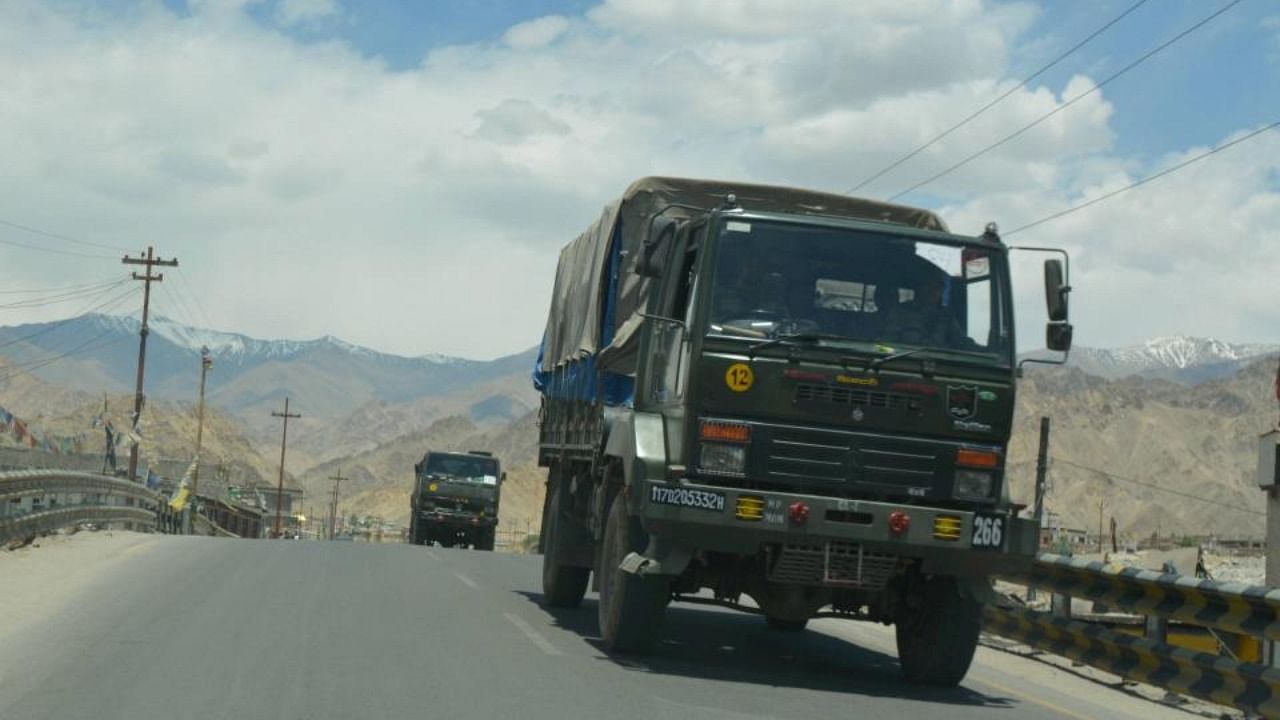
A government panel comprised of top bureaucrats and the military and intelligence officials will review the outcome of the fifth round of talks between the senior commanders of the Indian Army and Chinese People’s Liberation Army (PLA) on Sunday.
The panel – informally called “China Study Group” – is likely to meet on Tuesday and discuss the report sent by Lt. Gen. Harinder Singh, General Officer Commanding (GOC) of the 14 Corps of the Indian Army, after his more-than-10-hour-long meeting with Maj Gen Liu Lin of the Chinese PLA at the Chushul-Moldo point on the Line of Actual Control (LAC) – the de facto boundary between the two nations. The Chief of Army Staff, General M M Naravane, already briefed Defence Minister Rajnath Singh about the outcome of the meeting.
The senior military commanders of the two sides held the fifth round of meeting as the process of withdrawing troops from the scenes of the face-offs along the LAC remained stalled over the past few weeks, particularly because the Chinese PLA declined to completely pull back soldiers from the northern bank of the Pangong Tso (lake), Depsang 'Y' junction and the Gogra Post.
The Indian Army or the Ministry of Defence did not officially comment on the outcome of the talks.
A source in New Delhi, however, told the DH that Lt. Gen. Singh reiterated to Maj. Gen. Liu that Indian Army would expect the Chinese PLA to sincerely work with it “for complete disengagement and de-escalation and full restoration of peace and tranquillity in the border areas at the earliest” as they had agreed upon during the first three rounds of meetings on June 6, 22 and 30 and had reaffirmed during the fourth on July 14.
The Indian Army asked the Chinese PLA to restore the status quo ante along the LAC, added the source.
The response of the Chinese PLA would be reviewed during the meeting of the top brass of the government on Tuesday and the future course of action would be decided accordingly.
The two sides had mutually agreed upon the “disengagement process” or withdrawal of the front-line troops to resolve the stand-off in eastern Ladakh. It started early last month but remained stalled for the past couple of weeks, particularly because the Chinese PLA declined to withdraw troops completely from several areas.
The PLA thinned out troops from the “Finger 4” on the northern bank of the Pangong Tso (lake) early last month. It, however, did not restore the status quo ante and held on to the area between “Finger 5” and “Finger 8” – an eight-kilometre-long stretch it took over after its stand-off with the Indian Army started in early May.
The Chinese Army rather brought in more troops, built bunkers and observation posts, dug trenches, pitched tents and set up new prefabricated huts to accommodate additional soldiers, apart from deploying its navy unit with more speed-boats for patrolling on the lake. It not only fortified its position in the entire stretch from “Finger 5” to “Finger 8”, but also occupied the ridgeline overlooking the “fingers” – thus effectively controlling an area of nearly 30 sq km, denying access to the Indian Army to places it regularly patrolled before the stand-off started three months ago.
